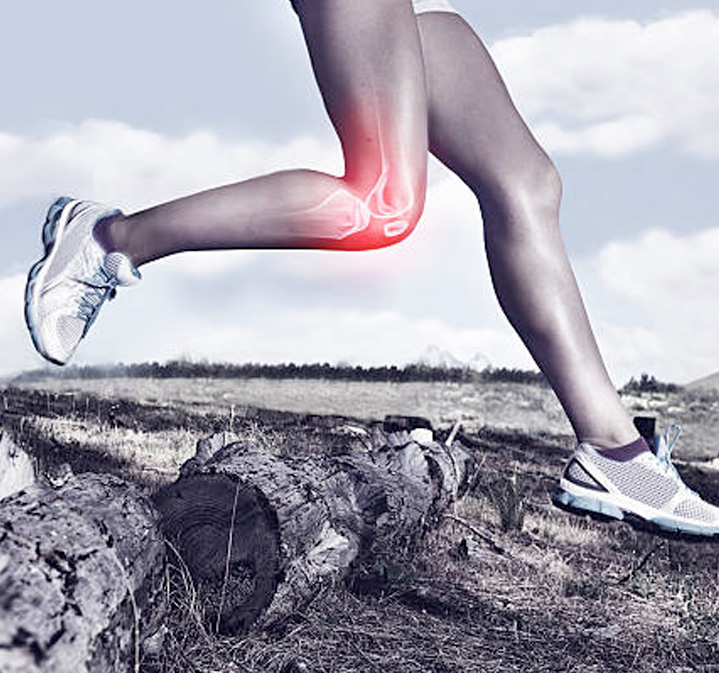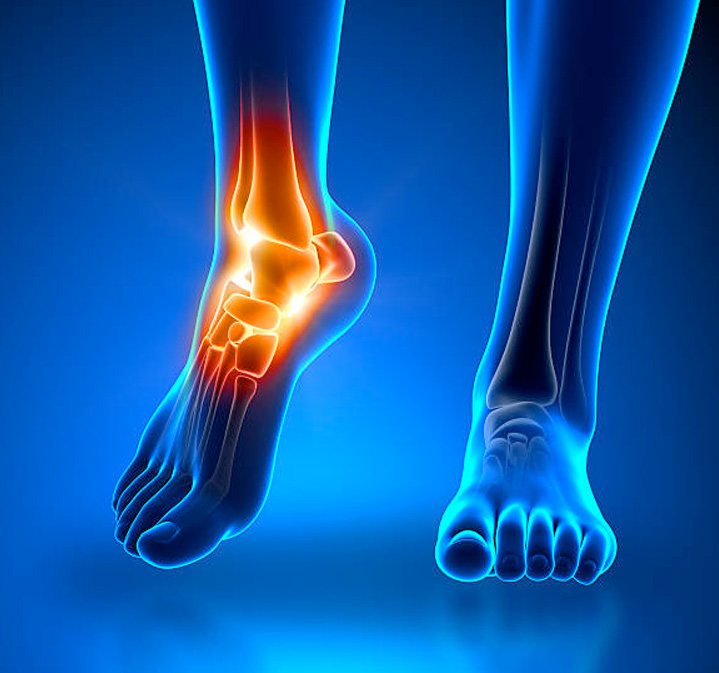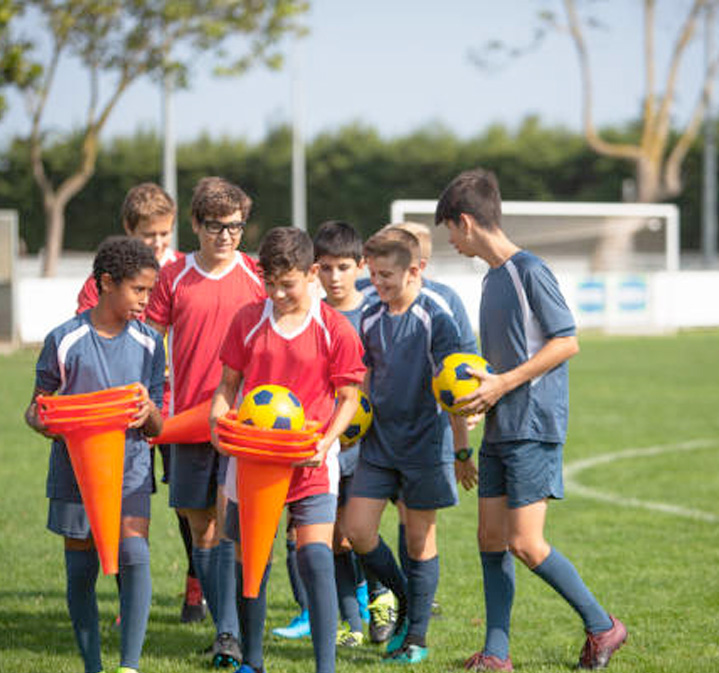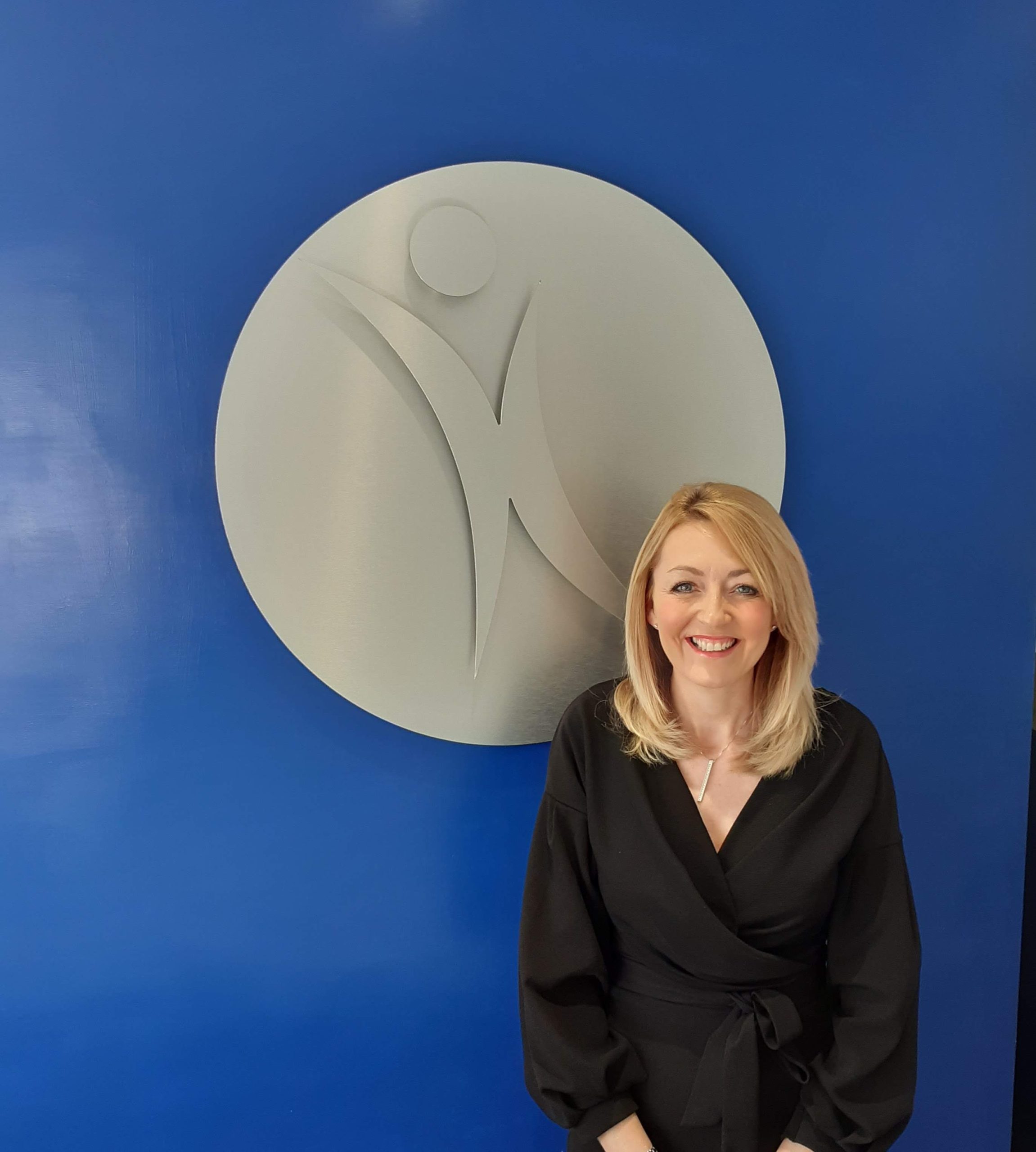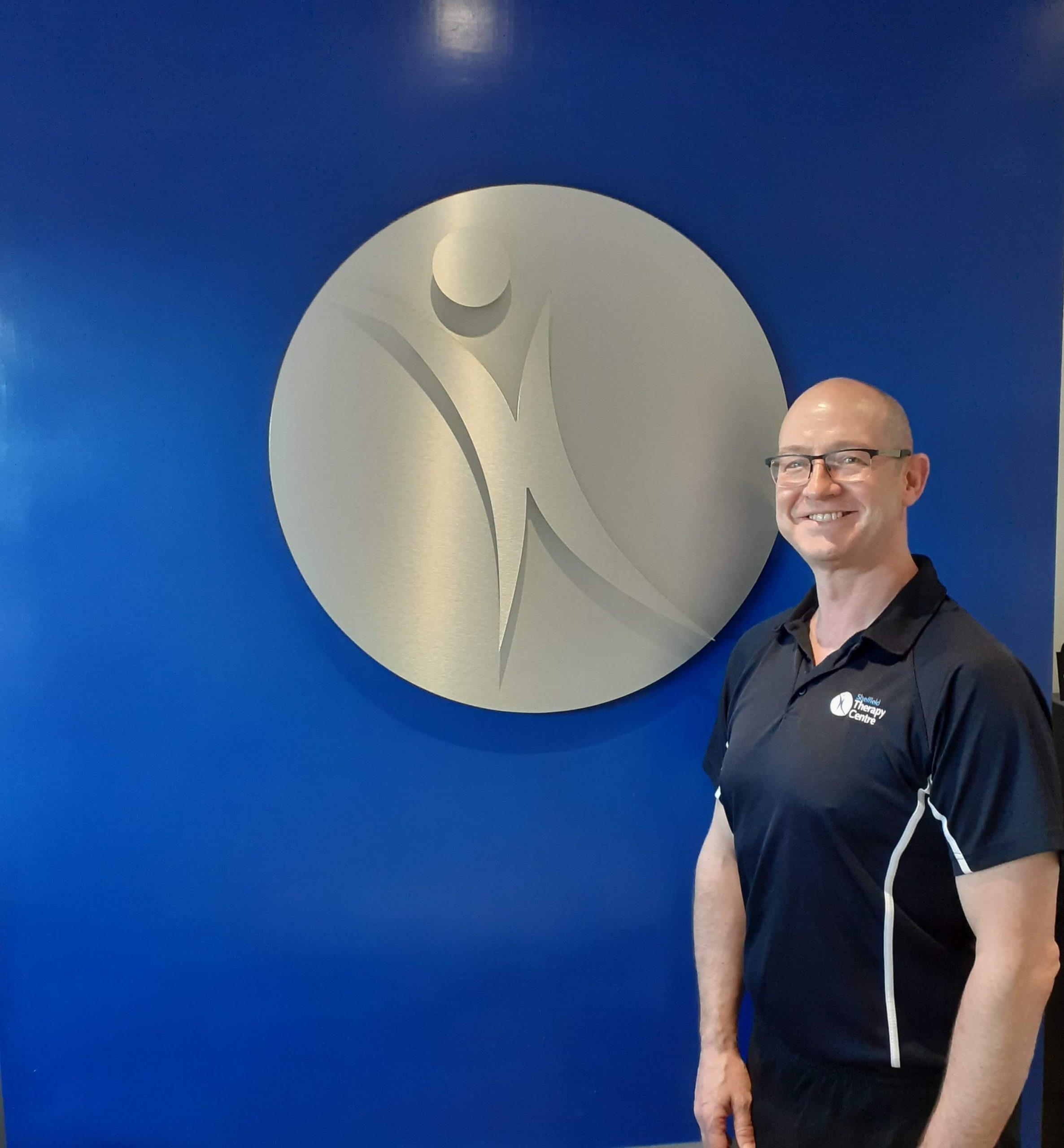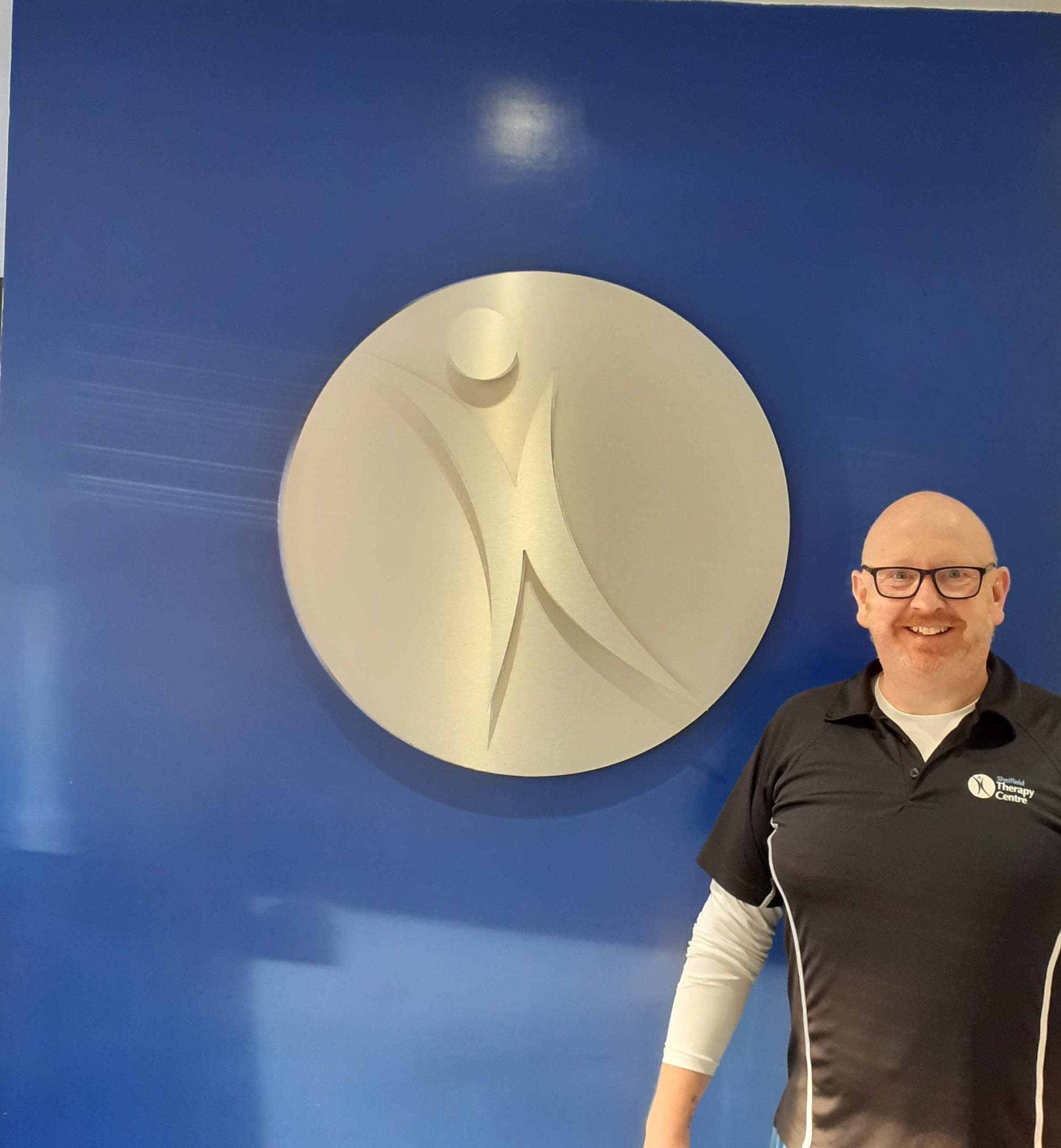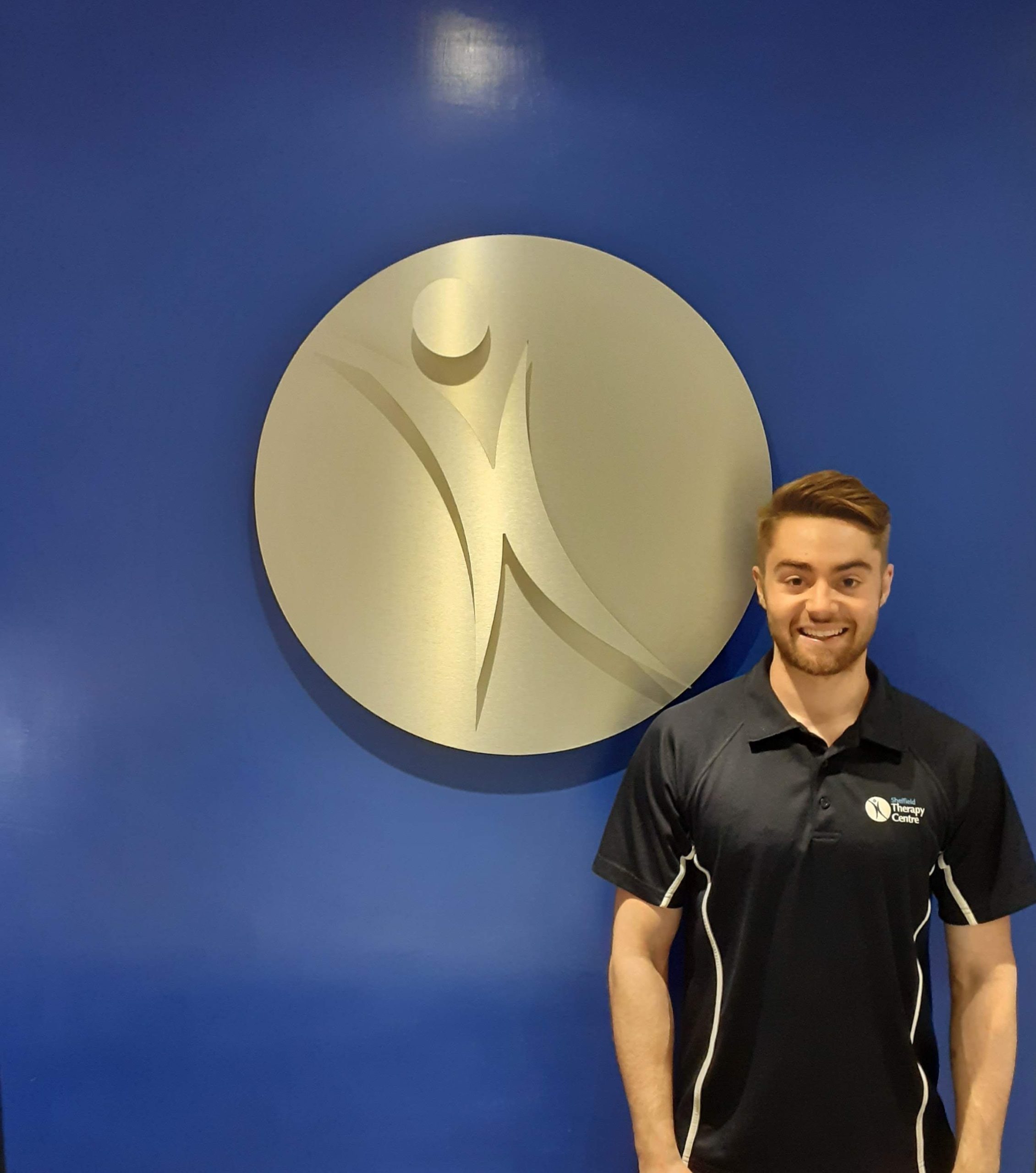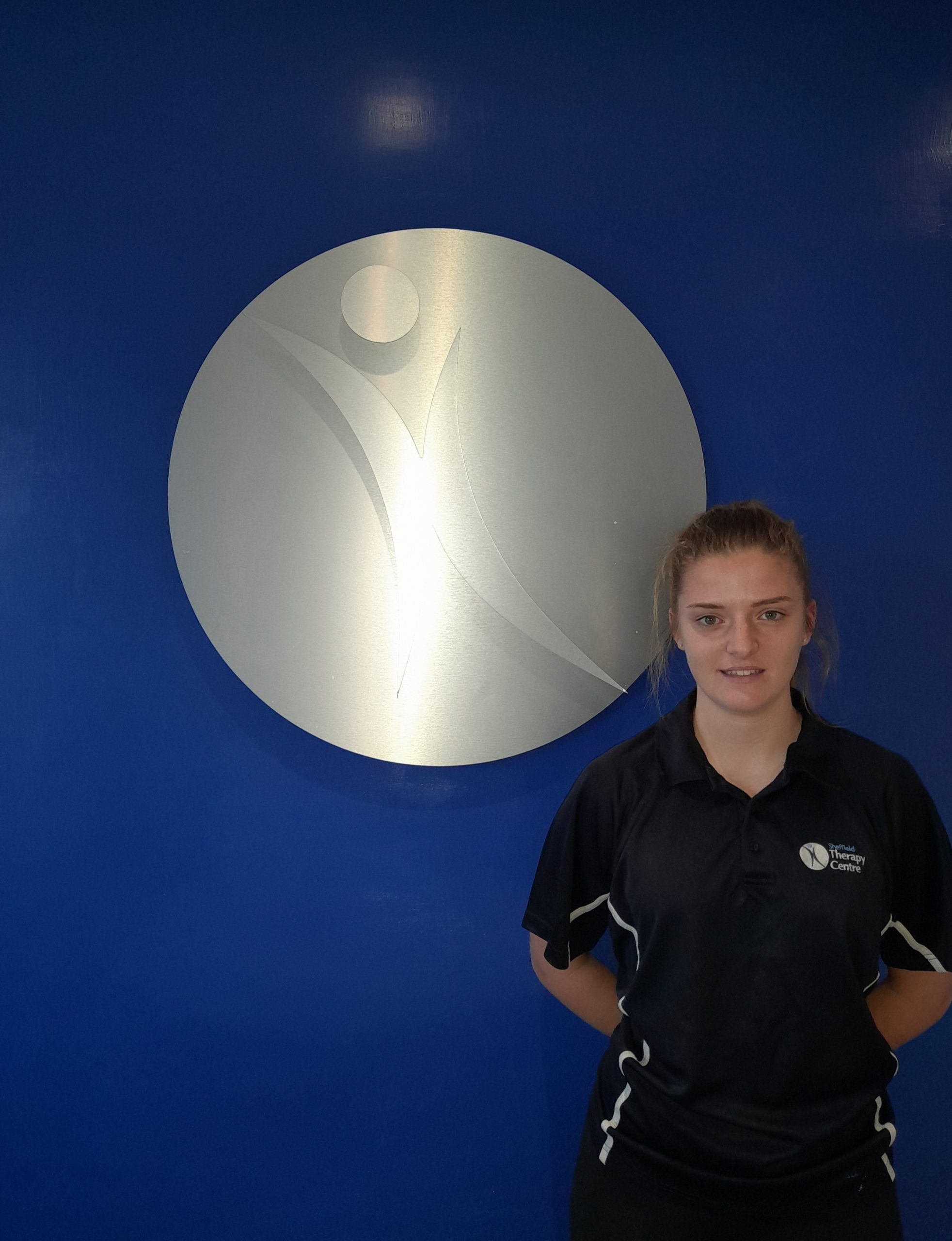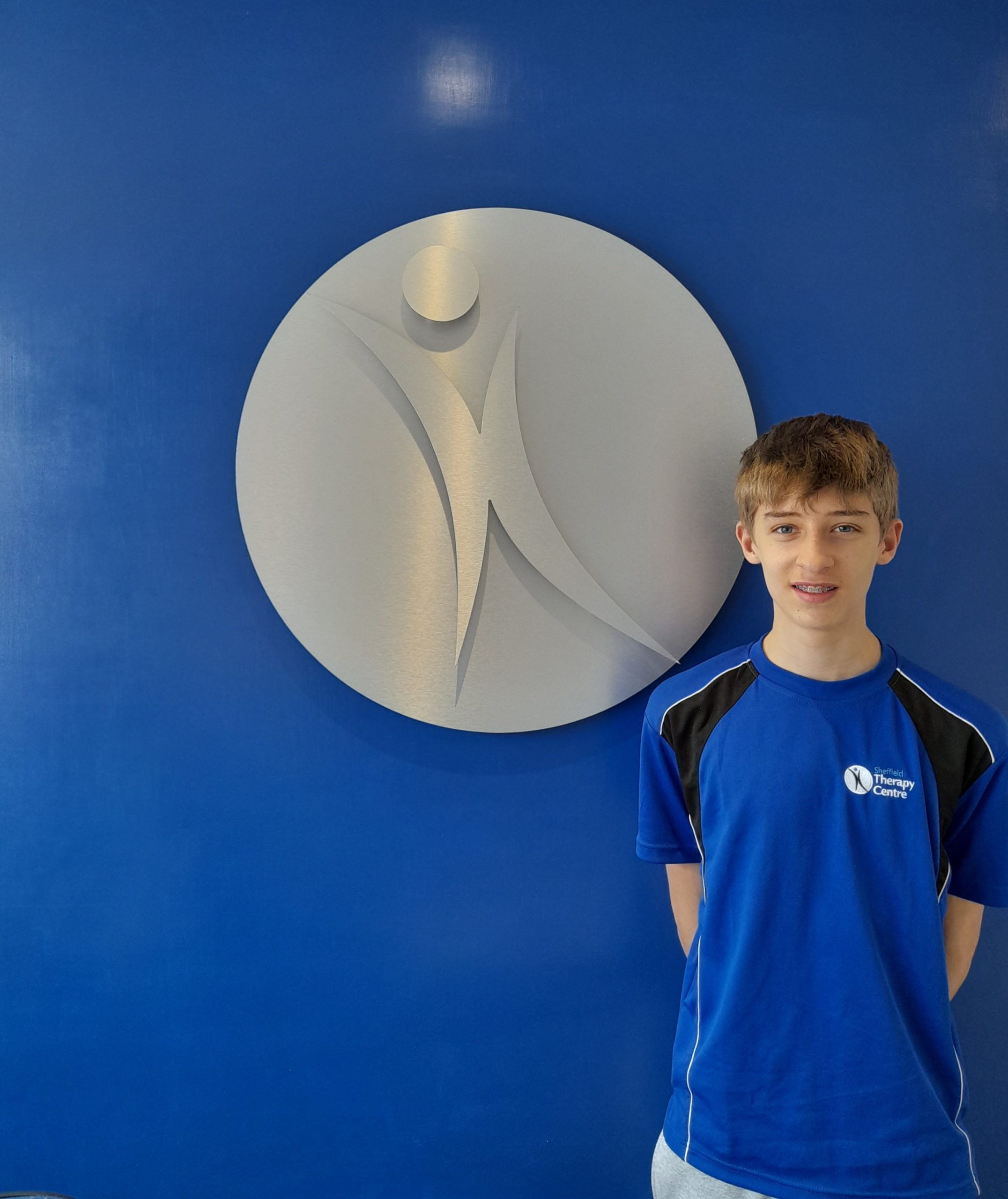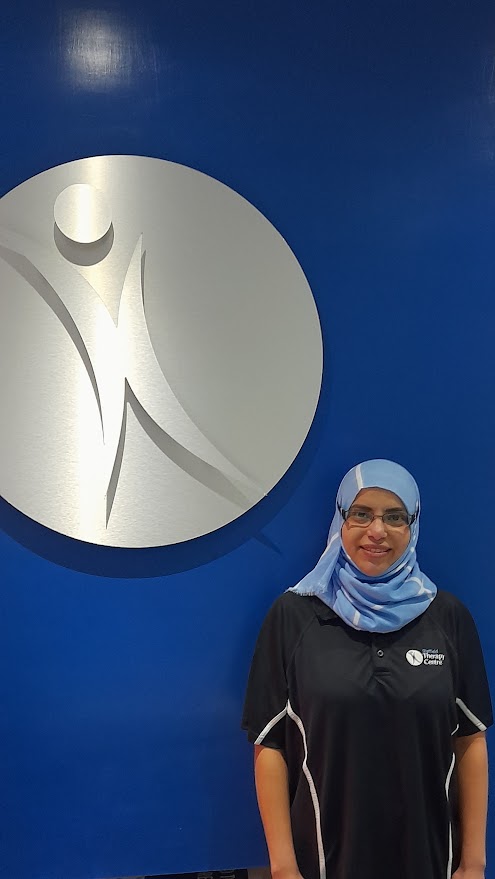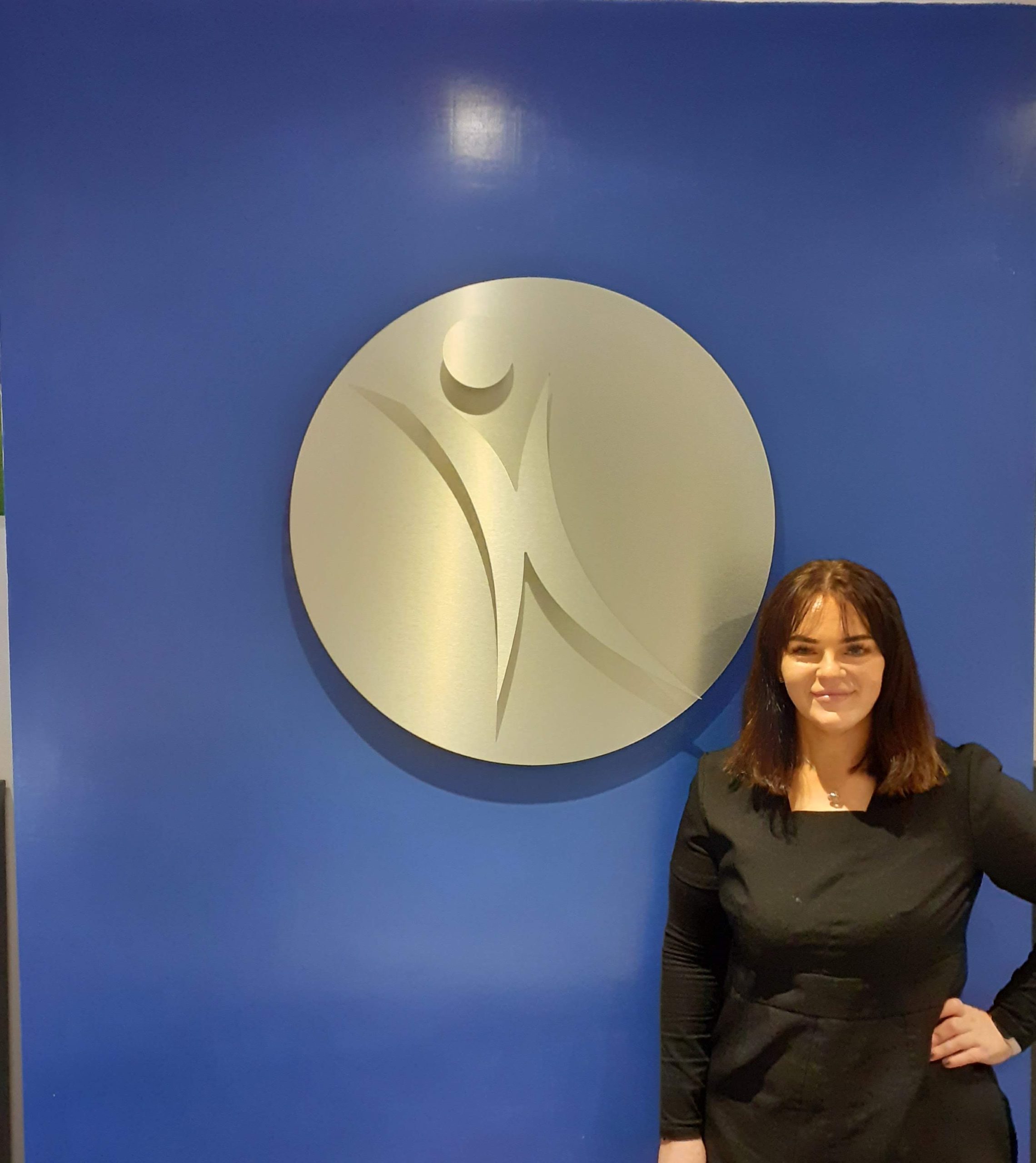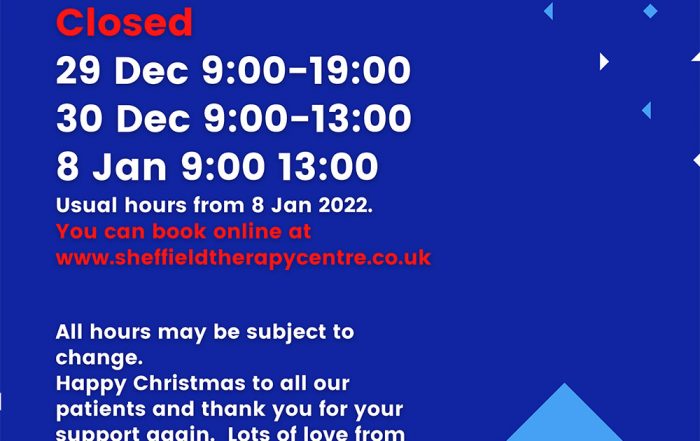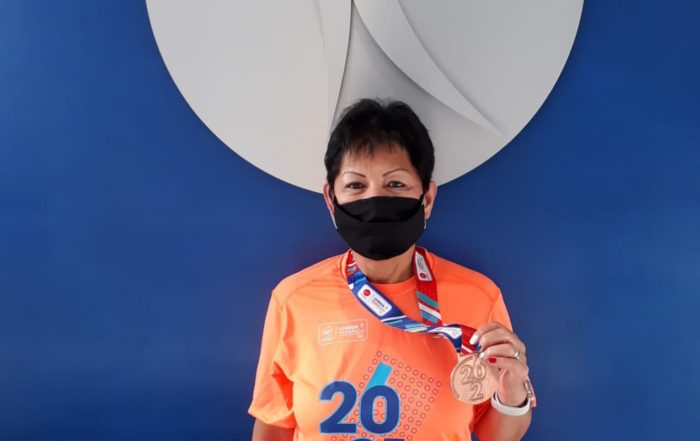Bone Stress Injuries
Signs of Bone Stress Injury:
- Gradual onset of pain
- pain doesn’t ‘warm-up’ (ease/go-away) with training
- localised bony tenderness
- eases with rest early on
In the early stages, X-Rays MISS 75-80% of all stress fractures. MRI scans are superior but they are very expensive. It’s therefore better to get a full physio assessment of the history.
Return to sport prognosis for bone stress injuries are between 7-13 weeks through physiotherapy graded loading of the affected area. Don’t rush it and get a plan in place with your physio.
For fractures of the Tibia (leg), Radius (arm) and Scaphoid (wrist), LIPUS (Low Intensity Pulsed Ultrasound) can reduce healing time by 30-38%!
8-21% of runners per year will experience a stress fracture. Women are 1.5-3 times more likely than men to be affected! (due to the density of bones). Approximately 10% will definitely recur per year!
Stress reactions leading to stress fractures are when damage to bone occurs quicker than it can regenerate after heavy loads. Ensure to manage the load, don’t do too much too soon and remember that rest is important.
It is very important to correctly identify risks and not ignore symptoms are a bone stress injury as it may have long term implications for healing and future recurrence. It could also lead from a small stress fracture to a complete break! Seek professional advice.
Knee pain in active / growing children
Here is an article by Mark Roe, Physiotherapist explaining why your child may be suffering.
KNEE PAIN IN ACTIVE/GROWING KIDS
We have all had team mates who complain about knee pain, and if you have ever had it yourself, you’ll know it can be quite disabling at times, especially when you are in adolescence. Often, parents take their children to the doctor only to be told “it’s growing pains – rest from sport for 6 weeks”. This was the worst thing any doctor could have said to me at 14 years old! However I did as I was told, and eventually (much more than 6 weeks later) the knee pain settled.
As our bodies grow, particularly through puberty, we go through something called a growth spurt. This is where many children commonly develop knee pain in the form of ‘Osgood Schlatter’s Disease’ (OSD) or heel pain which is called ‘Severs Disease’ (SD). It is thought that as we grow, our bones enlarge faster than our muscles. This makes it feel like the muscles are really tight, and they become painful on parts where the tendon of the muscle attaches to the bone.
Although this can happen at several areas of the body, the most common seem to be directly on the front of the shin just below the kneecap (OSD) and at the weight-bearing point of the heel (SD).
This article will focus specifically on OSD
Who gets Osgood-Schlatter’s disease?
OSD is common in young teenagers, between the ages of 12-15 (although it can happen at younger ages) and seems more prevalent in boys. It is uncommon over the age of 16. Teenagers who play a lot of sport involving kicking, running, or jumping or activities which involve repeated and vigorous use of the quadriceps muscles, more commonly suffer. However, it can also occur in children who are not sporty.
The main symptom is pain just below the kneecap. The pain can be variable and more children report it as a problem during, and just after, activity. However, it does tend to ease when players take more time out and rest from training or playing matches.
The pain typically lasts a few months, but for some youngsters it can last much longer until the ‘growth spurt’ has finished. This means that in some cases it can last up to two years. As well as activity related pain, we need to look out for a small, tender, bony bump may develop where the pain centre is below the kneecap. This bump can enlarge with increased activity, and although the bump becomes permanent, the pain here will eventually settle down. The actual knee joint is not affected, so fortunately, knee movements are normal, although it does cause people to walk with a limp. In a third of cases, teenagers will have the problem at both knees.
What causes Osgood-Schlatter’s disease?
It is thought that overuse of the thigh muscles (quadriceps) during the growth spurt is the most common cause. The tendon which attaches the thigh to the top of the shin, (via the kneecap) becomes inflamed and causes pain at the site of the attachment. In some cases, a small flake of bone is pulled off the top of the shin bone. Healing bone called a callus then forms over this area causing a hard bony bump to develop.
What is the treatment of Osgood-Schlatter’s disease?
The pain usually goes within a few months without any treatment, but looking after your muscles and being sensible can speed the process up. It needs to be said that the condition is not serious and will eventually settle on it’s own.
Many years ago, doctors used to advise complete rest, however more recently it has been found that complete rest is not always necessary. It is now thought that best management is to follow a stretching programme for the lower limb muscles, take appropriate pain relief or anti-inflammatory tablets (or cream) as approved by your pharmacist, regular icing and ‘relative rest’ from sport or aggravating activities. The stretching needs to be done everyday – not just when playing- and should target the main muscles of the leg. IE. calf, hamstrings, quadriceps and buttocks.
How much sport can I play?
Although sport or physical activity is not likely to cause any permanent damage, it will usually make the pain worse. With this in mind difficult decisions may have to be made about training schedules and sporting commitments. I would always advise to reduce the amount you play in every case. Even if you only play 15 minutes at each training session and match, the body is active, you are still keeping some match-fitness and the manager doesn’t forget about you! This is better than being scared of missing out and playing through the pain as this will only hinder your performance and you then risk being dropped altogether. Also think about how much you play in the school yard, or with friends in the evening. If you do this less, it may mean you will be able to manage longer at the weekend matches.
The time during a growth spurt can be very frustrating for an athlete as often they may be one of the best players in the team, or fastest on the squad, but over a brief period suddenly look poor, or slow. This is where managers and parents need to look after the child both physically and emotionally to reassure them that this is temporary, and their form will return when the symptoms settle.
If this is happening to you, make sure you tell your manager and parents, and follow the guidelines above. It is wise to have an initial consultation with a registered physiotherapist to confirm the diagnosis. The physiotherapist should also be able to give you an appropriate stretching programme as well as an indication if other areas of the body such as the heels are at risk too. Follow up sessions of physiotherapy are not always necessary if you follow the advice you are given and the basics above.
Stay focussed, remember this problem will resolve, and work hard at your stretches to speed up your time on the side lines!
Good Luck!
Mark
Mark Roe (BSc Hons, HPC) Director, Head Physiotherapist.
Ex-pro footballer, Mark has his own private clinic and has worked as a physiotherapist in several sports including Academy level football at Huddersfield Town F.C. with under 8-19’s. He has also worked with several elite athletes and world champions in many sports. He was previously a weekly columnist for the Sheffield Star Grass Roots supplement, and has written for the Sheffield & Hallamshire County F.A. website.
Players of teams registered with the Sheffield and District Junior Sunday Football League are entitled to £10 discount off initial physiotherapy consultations at Sheffield Therapy Centre. Call 01142390022 to book in at Gleadless.
Please note – this page on common injuries is not to be used INSTEAD of seeking medical advice. It is for guidance only and on a very general basis. Seek individual medical advice at all times.
Maintain Healthy Bones
From our 40’s onwards, our bodies start to lose bone density. Fifty percent of women and twenty percent of men aged over the age of 50 will break a bone due to osteoporosis. Just one more thing to look forward to in the ageing process, but here some tips for all ages on how to help maintain our bones.
- Eat calcium-rich foods – eg, cheese, low-fat milk, canned salmon, Spinach, flour etc
- Get your sunshine quota – vitamin D helps the body absorb calcium
- Be active – bones get stronger when you use them
- Drink sensibly – alcohol, tea/coffee & fizzy drink reduce calcium absorption
- Maintain a healthy weight – crash diets increase your risk of osteoporosis
- Stop smoking – you’re more likely to suffer from Osteoporosis the more you smoke
- Reduce salt intake – salt is thought to speed up the body’s loss of calcium
- Don’t over-eat proteins – too much meat equals body acid which in turn drains calcium from the body and weakens bones
Tips for coping with snow and preventing injury
Well, has anyone noticed it has been snowing here lately? Of course you have. See below a few tips on coping with the snow.
It’s important to recognise the hazards of slippery surfaces. Here are some helpful hints that may reduce the risk of common injuries or falling when slippery conditions exist:
- Wear boots or overshoes with good grip. Avoid walking in shoes that have smooth surfaces.
- Walk consciously. Be alert to the possibility that you could quickly slip on an unseen patch of ice.
- Allow extra time for your journey and avoid the temptation to run to catch a bus or beat traffic when crossing a street.
- Walk cautiously. Your arms help keep you balanced, so keep hands out of pockets and avoid carrying heavy loads that may cause you to become off balance. If you do have to carry several bags, distribute them evenly between both hands.
- A rucksack is a better option as again your arms are free for balance and it may give you some further protection if you fall backwards.
- Walk “small.” Avoid an erect, marching posture. Look to see ahead of where you step. When you step on icy areas, take short, shuffling steps, curl your toes under and walk as flatfooted as possible.
- Remove snow immediately before it becomes packed or turns to ice. Keep your porch, steps, walks and driveways free of ice as much as possible.
- If you MUST take the car out, ensure that you have fully scraped the ice and snow off the car. This includes the roof! A travelling car with slippery, moveable snow on the roof ready to slide and cover the windscreen is a recipe for an accident.
- Allow extra stopping/breaking distance and travel slowly. Remember, you may skid when you try to slow down or break so you must allow for this.
Always remember…
It takes less than two seconds from the moment you slip until you hit the ground. However, this is long enough to break, a wrist, hip or shoulder! If you don’t have to go out..Don’t!
Sledging
With thousands of schools closed across the United Kingdom, The Royal Society for Prevention of Accidents (RoSPA) has some top tips for children heading out into the snow with their sledges.
- Take time to consider your choice of sledging location – somewhere with deep snow and no obstructions such as trees, fences or rocks is the best
- Avoid sledging near roads, pavements or water (whether it is frozen or not)
- Make sure you have plenty of room at the end of the run to slow down and stop
- Walk up the slope first – it will help you spot hazards, realise how steep the slope really is, and check whether there is enough stopping distance at the bottom
- Try not to travel head first
- Consider other people who are using the slope
- Only go sledging in the daylight
- Wrap up warm, wear gloves and remember that skateboard, cycle and ski helmets and skateboard pads double up well for sledging
- If you’re making your own sledge, think about the “what-ifs” if you were to crash – are there sharp edges which you could cut yourself on etc.?
- Use a sledge that is the appropriate size for you. Most sledges are not designed to cope with 3 or 4 people!
- Make sure you are sat properly without limbs in a position where they can get dragged underneath by the snow.
Prevent back injuries
Most injuries are caused by ‘use’ changes, such as overuse, misuse, abuse, disuse, new-use.
Shoveling snow for most people is a new-use, and we tend to overuse our back muscles when doing this. So, to prevent injury…
- Try to shovel for short periods of time. Resist the temptation, to shovel for several hours without a break.
- Try to alternate your hand positions on the shovel. This will encourage you to twist to alternate sides when depositing snow.
- During your break periods, remember to stand upright and stretch sideways and backwards.
- Don’t let the snow get too deep before you decide to clear your driveways. Always remember that ice is harder to move than fresh, new snow.
- Ask for help if you need to. Most people are very helpful at this time of year, and won’t want to see a neighbor struggle.
- After shoveling, if you feel your back start to tighten, follow the R.I.C.E. (Rest, Ice, Compression & Elevation) regime. Click here for detailed information on R.I.C.E.
This list of common injuries is not exhaustive and is for guidance only. Seek professional advice from your GP or Physiotherapist for individual guidance.
The Foot
The feet could be classed as a miracle of natural engineering. The foot is made up of 26 bones, 33 joints, 107 ligaments and 19 muscles. In fact the 52 bones in your feet equal a ¼ of all the bones in your body. Your feet are complex pieces of machinery and need regular maintenance. Each of these bones work together to form lever which will lock and unlock as the individual moves forward. The average person walks about 10,000 steps per day. During a lifetime it is thought that a person has walked enough steps to have travelled around the planet more than 4 times which is approximately 115,000 miles, hence, the foot accepts as much load as the hip and knee and indeed some of the smaller joint accepts even more per unit area and its disorder can produce variety of dysfunction leading to pain pathological conditions such as calluses corns and variety of foot pain therefore they need maintaining, repairing and regular servicing.
Interesting facts about children’s feet
FACT
It takes nearly 18 years for a child’s foot to mature fully. During this time, you should make the effort to ensure that your child’s shoes are the correct size so that proper growth can occur.
FACT
In the first 10 years, your child’s foot will grow a total of about 6-inches. The greatest changes will occur in the first 3 years of life.
FACT
Your child’s feet are subjected to enormous stress not typically experienced by the average adult foot. In fact, the stress on a child’s foot can be three times the stress experienced by adult feet. Our shoes are designed with padded foot-beds to absorb this stress.
FACT
Your child’s bone structure will be fully developed in the first 24 months of life.
FACT
Your baby’s feet will grow faster during his first three years of life than at any other time in his life. That’s why it is recommended that your baby’s shoes be checked every three months from age one to age three to make sure that the shoes are the proper size!
FACT
Your baby’s foot contains more cartilage than bone. That’s why children shoes come in various widths so the shoe does not restrict your child’s normal foot growth.
FACT
Your baby’s foot arch is not fully developed for the first two years of life. If fact, many children’s arches are not completely developed until puberty. You may see at various times that your child’s foot turns in or out, or may pronate due to the fact that the foot arch has not fully developed. In order to protect your child, good athletic shoes with appropriate arch supports, padded collars and foot-beds, and good heel counters are recommended from ages three and older to protect your child from injury during their peak playing years.
FACT
The toes on your baby’s feet are proportionally longer than an adult’s.
FACT
Your baby’s foot perspires two to three times the rate of an adult. We highly recommend cotton socks be worn and changed once during the middle of the day to reduce the chance of a foot fungus. During these critical years of development and activity, the design, construction, and fitting of children’s shoes require special skill and attention. Many medical practitioners believe that the majority of adult foot problems stem from poor foot and shoe experiences over the course of a child’s developmental years. Therefore, it is critical that proper shoe selection be made in these early years.
POSTURE ADVICE
You may not even know you have a poor posture! However, if you do, your body will soon let you know. Having a good posture is really important along with the transfer of your body weight in movement. Physiotherapists can work with you to help you identify where you need to improve your posture. Poor posture can be down to bad habits developed over a period of time, such as slouching. Working on a laptop that is on your knee is a great example of this (oops note to self – stop slouching!). Poor posture can also result from:
- Stress or anxiety
- Anxiety and/or stress
- Obesity
- Incorrect moving and handling methods
When you have good posture, your shoulders, spine and hip joints will align correctly. You should try to keep your feet hip distance apart and your arms close to your body. Whether standing, sitting or leaning you should avoid putting uneccessary strain on your joints. Get your posture right and you will feel:
- Less aches and pains
- Less tired
- Stronger
Self Management is an important aspect of prevention of injuries as well as playing a part in the recovery from injury. Mark Roe takes you through some basic common stretches.
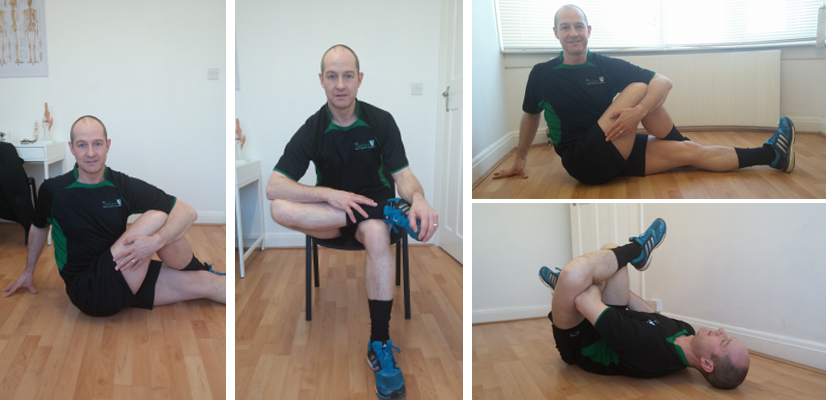
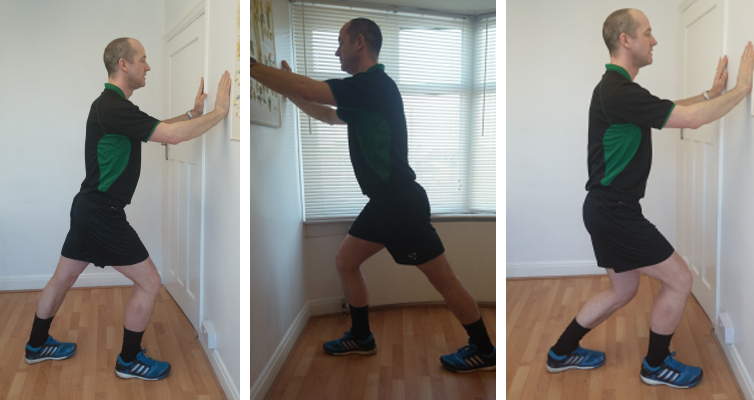

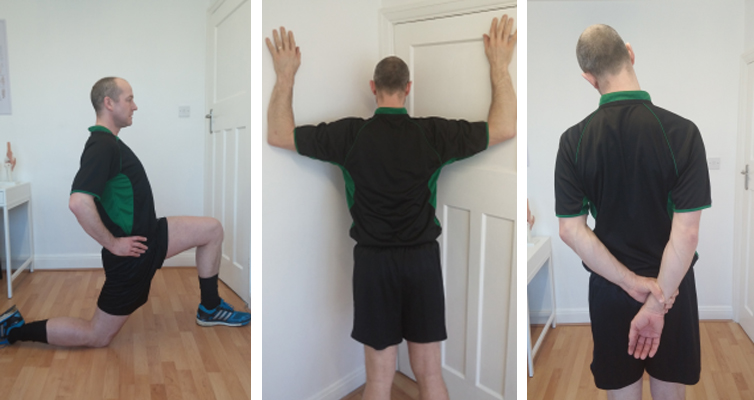
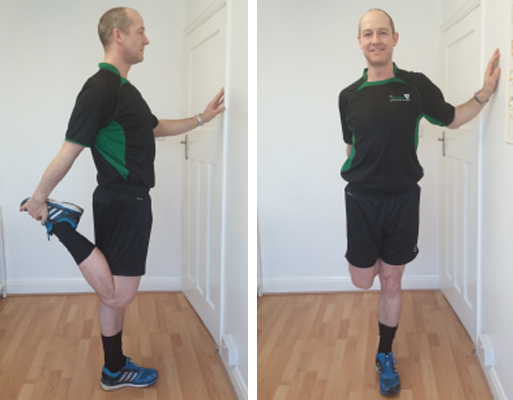
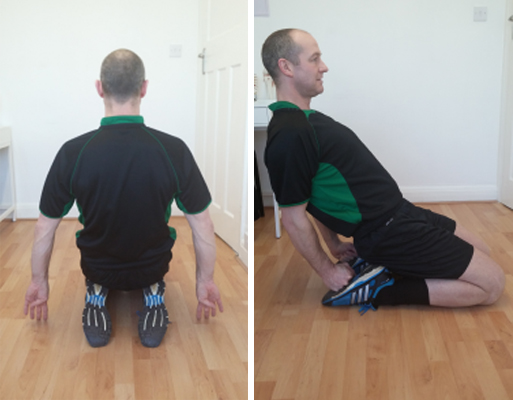
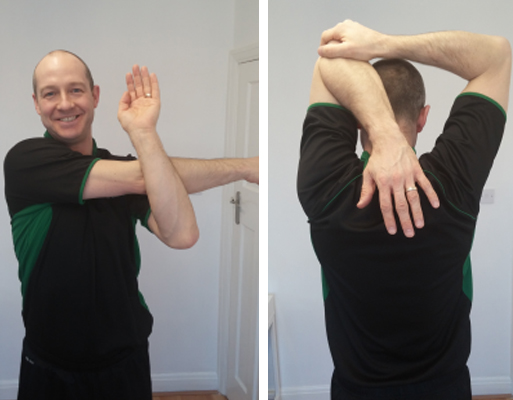
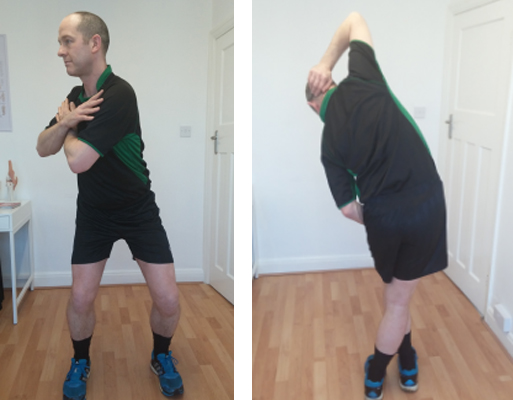
Please note – this page is not to be used INSTEAD of seeking medical advice. It is for guidance only and on a very general basis. Seek individual medical advice at all times.
WHAT PATIENTS SAY
“I had a fall in Chesterfield and landed badly on my knee. To cut things short I was under the hospital, who after numerous visits told me the best thing he could offer me, was Crutches!! I was told it was my Lupus causing the problem and I was discharged. I went to see Mark Roe and within half an hour he had diagnosed the problem and referred me to Barlborough for an operation. I can’t begin to say how grateful I am to Mark, he is a credit to his profession. It is just a pity that there are not people like mark running our hospitals. All too often people with Lupus are fobbed of with the excuse that the problem lies with the Lupus, when it is so-called experts not doing their jobs correctly”.
CLINIC HOURS
| Please note: All hours may be subject to change | Closed on bank holidays |
| Tuesday | 09:00 – 20:00 |
| Wednesday | 09:00 – 17:00 |
| Thursday | 09:00 – 13:00 |
| Friday | 09:00 – 17:00 |
| Saturday | 09:00 – 13:00 |
| Sunday & Monday | CLOSED |
0114 239 0022
MEET THE TEAM
Our team of Sheffield physiotherapists have decades of experience in the NHS, Professional and Elite Sport and of course in private practice. Whatever their role or job, they have literally spent thousands of hours in research and training. It doesn’t stop when the qualification comes and they all commit to regular training courses to keep abreast of the latest research and evidence.
WHY CHOOSE US?
We can ease your pain and improve your quality of life
Our sports physiotherapists have operated at the highest level
We provide a warm and friendly atmosphere for all our customers
We specialise in sports therapy across a wide range of disciplines
We treat a number of local and international celebrities due to our reputation
Our treatments can enhance your sporting performance
WHAT PATIENTS SAY
“I am in a sport where I regularly get injured. It is great to be able to get fast advice and treatment from Mark. Having spent many an hour with him, I know I can trust on him to get me right”
LATEST NEWS
Christmas Opening/Closing hours
Please see details of our Christmas/New Year opening/closing hours. These hours are subject to change and will be communicated on our social media pages. Wishing all our patients [...]
Sheffield Therapy Centre Sponsor a Snowflake at Sheffield Children’s Hospital
Thank you to all our patients who have supported us this year. It's allowed us to be able to sponsor a snowflake at this dear place in Sheffield [...]
Raising Funds for the Teenage Cancer Trust
Here we have Miriam; our little pocket rocket who has raised thousands of pounds for Teenage Cancer Trust whilst doing the London Marathon – again - achieving her [...]

